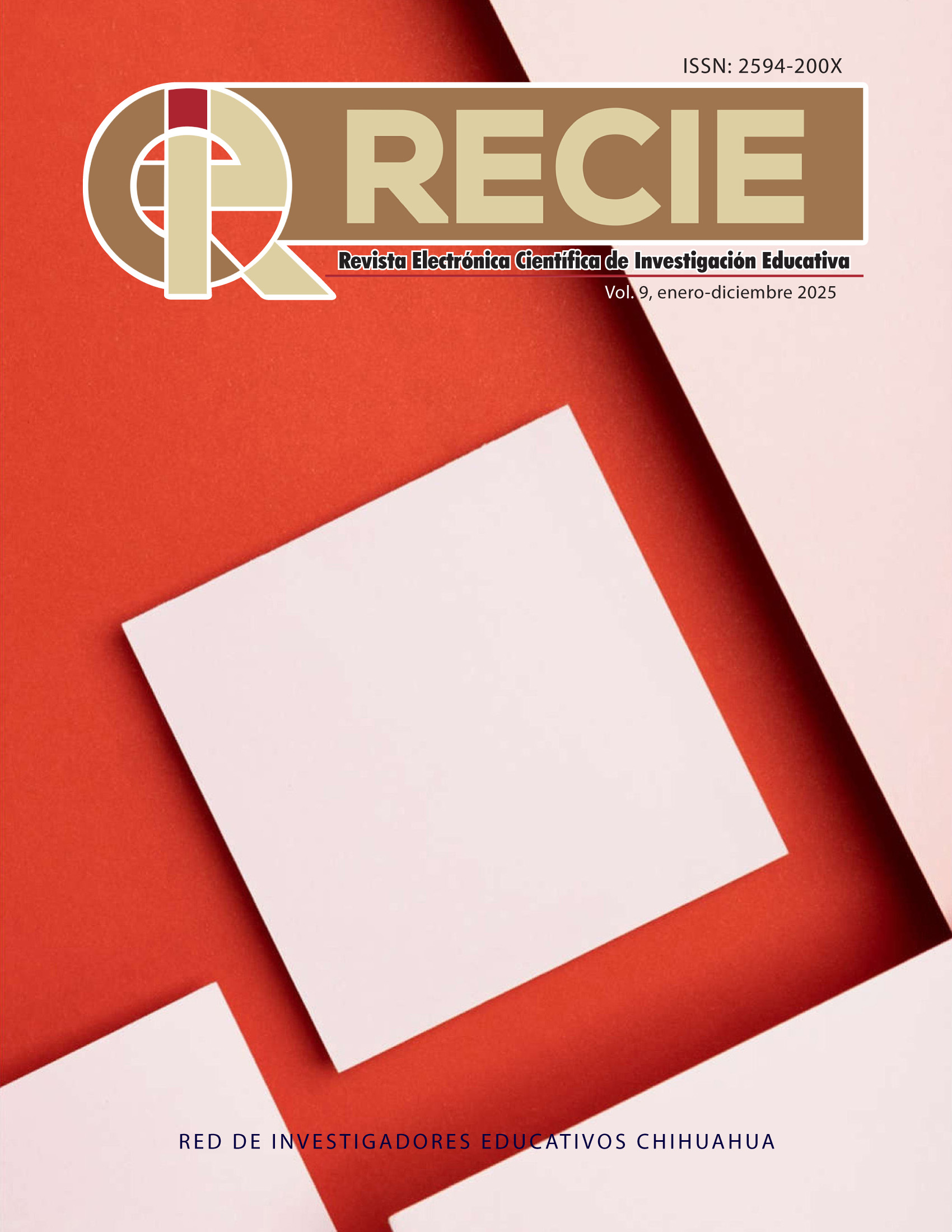Pedagogical strategies for the prevention of violence: The role of teaching practice in the creation of cultures of peace
Published 2025-05-13
Keywords
- violence prevention,
- teaching practice,
- higher education,
- pedagogical strategies,
- culture of peace
- prevención de la violencia,
- práctica docente,
- educación superior,
- estrategias pedagógicas,
- cultura de paz
How to Cite
Copyright (c) 2025

This work is licensed under a Creative Commons Attribution-NonCommercial 4.0 International License.
Abstract
This paper reports on manifestations of violence in university settings, specifically among undergraduate students. The university is recognized as a microcosm of society, where creativity and knowledge coexist with violence and intolerance. The research focused on everyday peer violence in classrooms, laboratories, and common areas. Using qualitative methodologies, the dynamics of verbal and emotional violence were explored, as well as teachers’ pedagogical responses. The findings reveal that subtle violence, manifested in microaggressions and exclusionary dynamics, significantly affects the educational environment and students’ well-being. The pedagogical strategies adopted include conflict mediation, development of socioemotional skills, and group activities that foster empathy. It is concluded by emphasizing teachers’ responsibility to create safe and respectful learning environments, and the importance of clear institutional policies and ongoing training programs to address violence in universities.
References
- Adamu, A. Y. (2019, dic. 18). Ethnic violence challenging Ethiopian universities. Inside Higher Ed. https://www.insidehighered.com/blogs/world-view/ethnic-violence-challenging-ethiopian-universities
- Agbaje, O., Arua, C., Umeifekwem, J., Umoke, P., Igbokwe, C., Iwuagwu, T., Iweama, C., Ozoemena, E., y Obande-Ogbuinya, E. (2021). Workplace gender-based violence and associated factors among university women in Enugu, South-East Nigeria: An institutional-based cross-sectional study. BMC Women’s Health, 21(124). https://doi.org/10.1186/s12905-021-01273-w
- CDC [Centers for Disease Control and Prevention] (2024, abr. 23). Key findings: School-associated violent death study. https://www.cdc.gov/youth-violence/data-research/school-associatedviolentdeathstudy/index.html
- Dewey, J. (1952). Democracia y educación. Macmillan.
- Díaz-Bravo, L., Torruco-García, U., Martínez-Hernández, M., y Varela-Ruiz, M. (2013). La entrevista, recurso flexible y dinámico. Investigación en Educación Médica, 2(7), 162-167. https://www.redalyc.org/pdf/3497/349733228009.pdf
- Ellis, C., Adams, T. E., y Bochner, A. P. (2015). Autoetnografía: un panorama. Astrolabio, (14). https://doi.org/10.55441/1668.7515.n14.11626
- Espelage, D. L., y Swearer, S. M. (2003). Research on school bullying and victimization: What have we learned and where do we go from here? School Psychology Review, 32(3), 365-383. https://doi.org/10.1080/02796015.2003.12086206
- Franco, S., y Puglia, M. (2023). Violencias en estudiantes universitarios de América Latina. Prevalencias y reflexiones sobre las comunidades universitarias que construimos. InterCambios. Dilemas y Transiciones de la Educación Superior, 10(1), 97-116. https://doi.org/10.29156/inter.10.1.10
- Kim, L. E., y Asbury, K. (2020). ‘Like a rug had been pulled from under you’: The impact of COVID-19 on teachers in England during the first six weeks of the UK lockdown. British Journal of Educational Psychology, 90(4), 1062-1083. https://doi.org/10.1111/bjep.12381
- Meinck, S., Fraillon, J., y Strietholt, R. (eds.) (2022). The impact of the COVID-19 pandemic on education: International evidence from the Responses to Educational Disruption Survey (REDS). UNESCO/International Association for the Evaluation of Educational Achievement.
- Mishna, F. (2012). Bullying: A guide to research, intervention, and prevention. Oxford University Press.
- Ramírez, J., Alarcón, R., y Ortega, S. (2020). Violencia de género en Latinoamérica: estrategias para su prevención y erradicación. Revista de Ciencias Sociales, 26(4), 260-275. https://doi.org/10.31876/rcs.v26i4.34662
- Tapia, S. (2015). Violencia de género en las universidades o la necesidad de una intervención educativa. International Journal of Developmental and Educational Psychology, 1(1), 531-543. http://dx.doi.org/10.17060/ijodaep.2015.n1.v1.46
- Vigo, A. (2002). Hans-Georg Gadamer y la filosofía hermenéutica: la comprensión como ideal y tarea. Estudios Públicos, (87), 235-249. https://www.estudiospublicos.cl/index.php/cep/article/view/777/1401
- Vygotsky, L. (1987). Pensamiento y lenguaje. Paidós.


